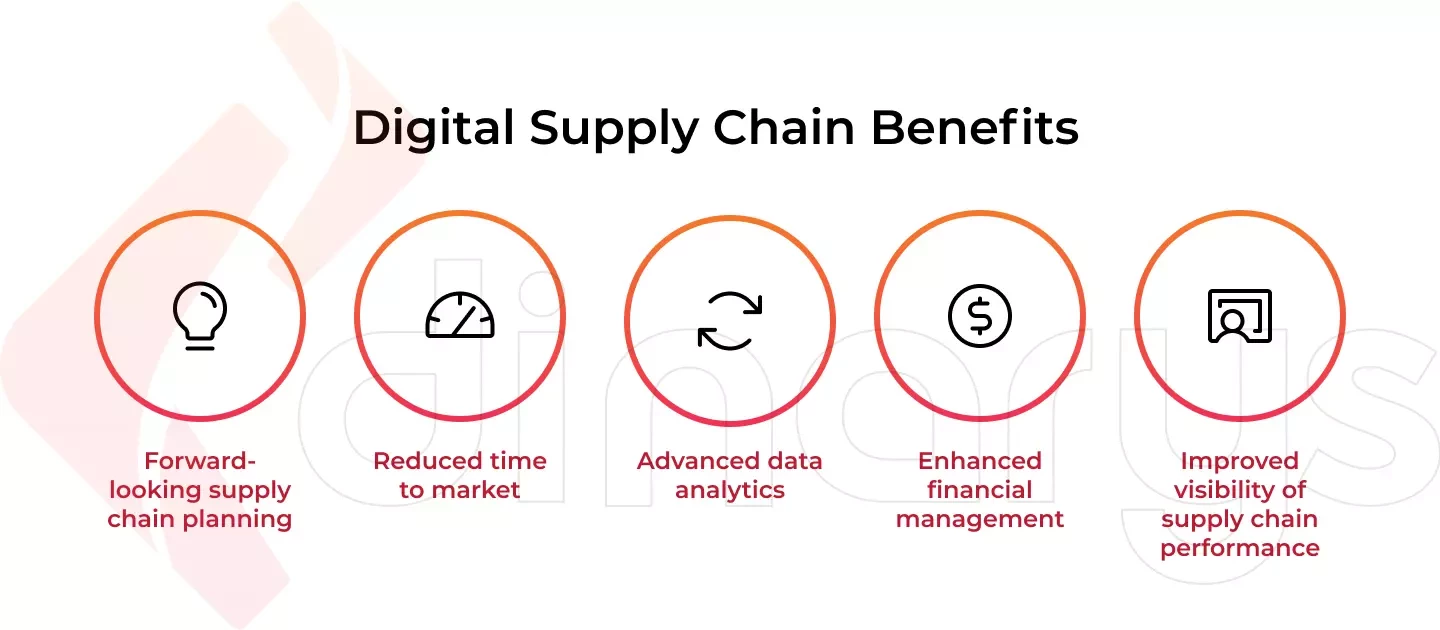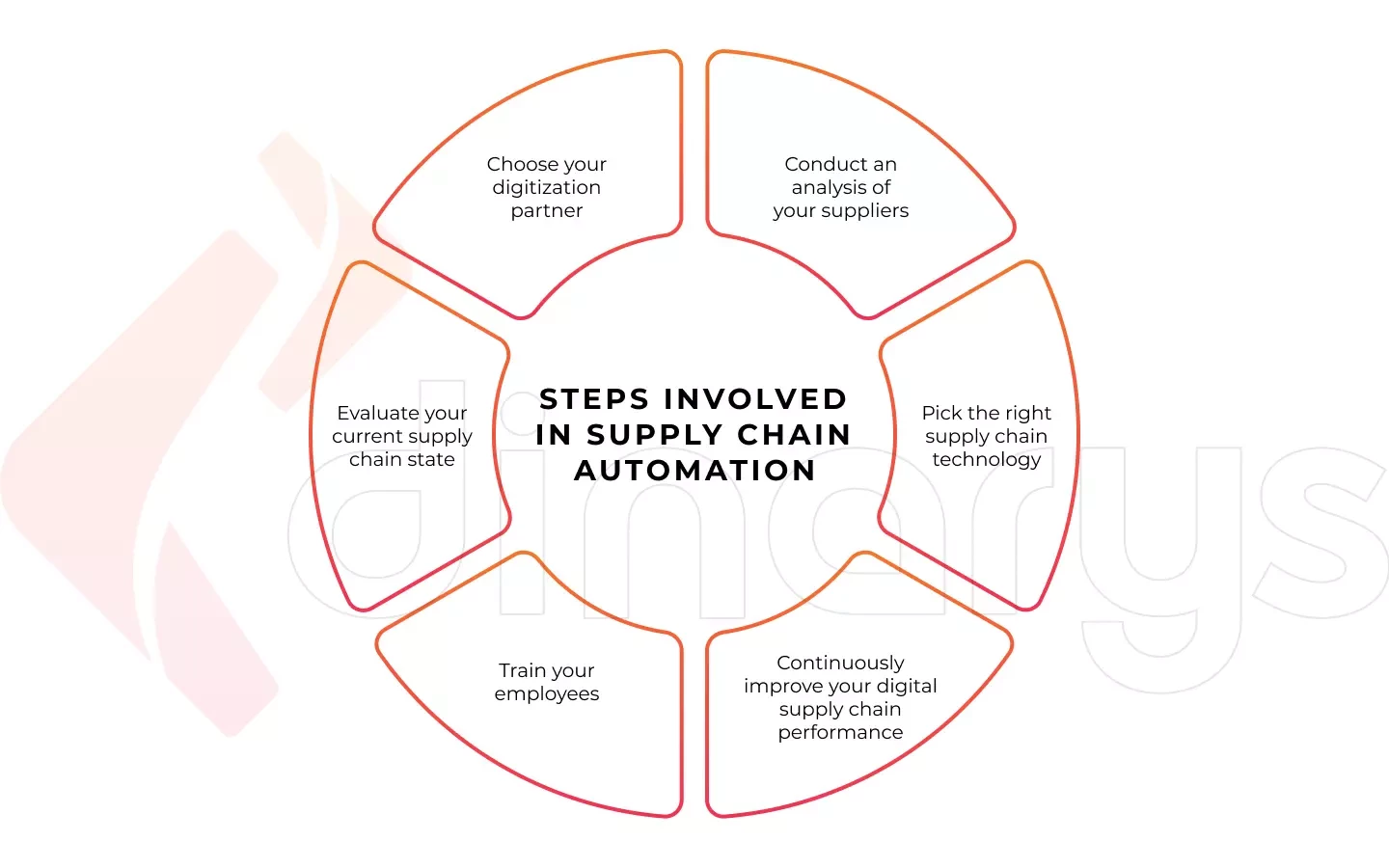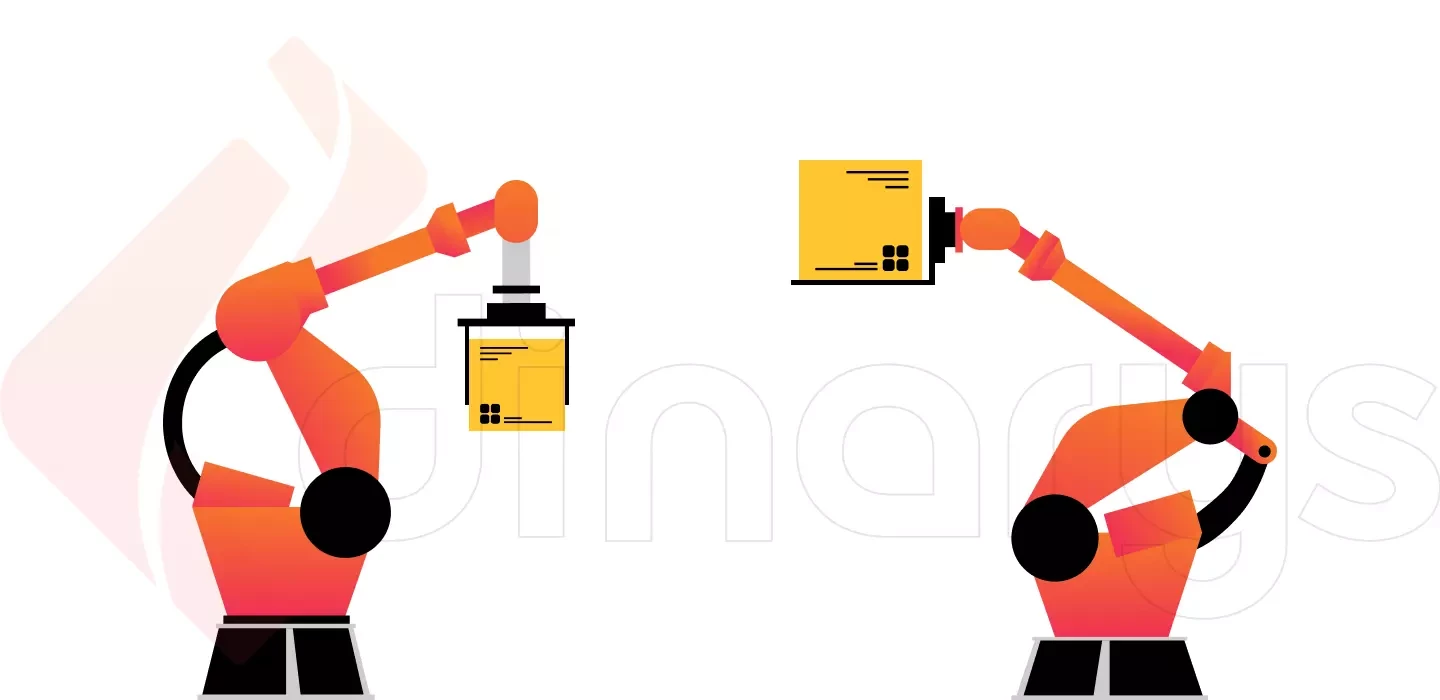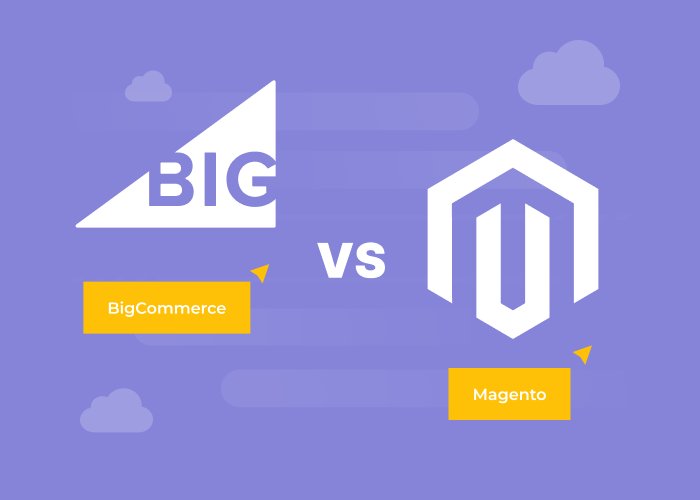Content
Top 5 Supply Chain Technologies to Consider

Time to read: 15 minutes
An appropriately structured e-commerce supply chain provides data transparency and customer satisfaction. There are numerous ways to optimize your supply chain management to adapt to e-commerce trends. Entrepreneurs prefer to automate all possible business processes, and supply chain operations are no exception. Innovations that occur in the field of supply chain management would not be possible without technology.
Which supply chain technologies should you consider? How can you automate your supply chain performance with Magento, a leading e-commerce platform for addressing enterprise-level business needs? Read our article to learn the answers to these questions!
What Is Supply Chain Automation, and Why Does It Matter?
Supply chain automation is the process of digitizing manual or analog supply chain management operations by integrating digital solutions into multiple aspects of supply chain activities. Primarily, digital transformation provides more flexibility and efficiency in supply chain management processes and streamlines order fulfillment.
The benefits of supply chain management digitization include the following:
- Forward-looking supply chain planning
- Reduced time to market
- Advanced data analytics
- Enhanced financial management
- Improved visibility of supply chain performance

Essential steps to digitize your supply chain
Digitization is a key component of trouble-free supply chain performance. Statistics show that 50% of companies believe that technological advancements strongly impact the supply chain as well as logistics and transportation operations.
Taking the following steps can help your organization decide where to start on the path to supply chain digital excellence:
-
Evaluate your current supply chain state. Assess the strengths and weaknesses of your existing supply chain as well as the opportunities and risks associated with supply chain digitization.
-
Choose your digitization partner. The migration of your supply chain to a digital environment is a complex process that requires a thorough understanding of your future plans. It is best to use an experienced e-commerce consulting company, such as Dinarys, to seamlessly implement digitization and ensure that your solution aligns with your business needs.
-
Conduct an analysis of your suppliers. Before you start supply chain automation, it is imperative to check your suppliers’ readiness for automation because this goes hand-in-hand with the supply chain’s digital maturity.
-
Choose the right supply chain technology. The supply chain industry is prioritizing the following technologies: data analysis (41%), IoT (39%), cloud computing (39%), and information security (31%). In addition, many businesses are interested in predictive analytics (29%), apps (25%), 3D printing (22%), robotics (22%), drones (20%), mobile production units (19%), blockchain (18%), and cognitive robotics (17%). We have explained some of these technologies in our article “Top 5 Supply Chain Innovations.”
-
Train your employees. Although supply chain digitization eliminates some manual functions, it still requires human interaction. Successful automation depends on how well your employees understand the logic of your new digital supply chain management solution.
-
Continuously improve the performance of your digital supply chain. Once you have automated all of your supply chain systems, you should regularly assess their performance. Continuously review, process, and compare metrics, such as supply chain cycle time, inventory turnover, on-time delivery, as well as the reasons for returns.
Lets talk about itHave a project in mind?

Top Five Supply Chain Technologies
You should consider adopting these top five supply chain technologies in the near future:
Blockchain
First associated with cryptocurrency, blockchain technology is a system in which a record of transactions made in Bitcoin or another cryptocurrency is maintained across several computers linked in a peer-to-peer network.
How does blockchain relate to supply chain operations? Blockchain technology addresses the need for secure transactions and the demand for data transparency. Since this technology provides an immutable record of transactions, blockchain can monitor the provenance of products and ensure trust in shared supplier data.
Blockchain technology helps entrepreneurs track products and financial transactions and manage contracts and agreements more efficiently, significantly reducing the time needed to process invoices and shipments.
Digital supply chain twin
Digital supply chain twin (DSCT) technology is gaining momentum in supply chain management. It is a virtual simulation of the physical supply chain, and it provides a comprehensive picture of its performance and facilitates decision-making. This approach to supply chain automation helps merchants manage resources more efficiently, make decisions that align with business objectives, and increase the agility of the supply chain.
Using DSCT technology, analysts can gain insight into the supply chain’s behavior, predict risks, and develop an immediate action plan. The virtual model of the supply chain should contain the following:
- All the different elements of your supply chain system (e.g., distribution centers, products, consumers)
- The interaction between these elements (e.g., which facility produces a particular product)
- The rules and regulations that govern these interactions (e.g., lead times, maximum inventory holding, production challenges)
DSCT technology can be used to
- Assess supply chain dynamics and performance.
- Identify bottleneck problems.
- Monitor risks and emergency situations.
- Optimize inventory management.
- Forecast and test operations for the near future.
Augmented data intelligence
Human reporting is gradually becoming a relic of the past. As businesses grow, supply chains become more complex, creating the need for enhanced approaches to analytics and reporting. For supply chains, augmented data intelligence helps reduce the time-consuming and repetitive tasks associated with report development and provides more insightful data, predictions, and suggestions.
Generally, augmented intelligence is a subsection of artificial intelligence and machine learning that is designed to empower humans to work better and smarter. The technology teaches machines to learn from data and incorporates useful patterns and metrics to make actionable predictions.
How does this supply chain management technology work in practice? For example, when an organization chooses a cargo vehicle, it may take a significant amount of time to make a decision that considers several factors, such as routes and schedules for the vehicles. Using augmented intelligence, logistics planners can make faster and more accurate decisions that increase customer loyalty and retention.
Robotics
Incorporating robots into the supply chain network is another supply chain management trend that greatly decreases human errors, particularly in warehousing and manufacturing. Research indicates that by 2026, 75% of large enterprises will have implemented some type of intralogistics smart robot in their warehouse operations.

Robots provide considerable value to e-commerce supply chain performance. Some of the benefits that robots provide include the following:
- Enhanced speed and accuracy of routine operations
- Safer working conditions
- Decreased long-term costs
- Increased employee productivity
Here are some examples of warehouse robots:
- Autonomous mobile robots deliver inventory all over the warehouse. Using onboard sensors, these robots can orient in space and detect information on packages to sort them accurately.
- Aerial drones scan inventory and send results to warehouse inventory management software.
- Automated guided vehicles are most suitable for large warehouses. They help businesses reduce the time spent by employees moving inventory from one area to another.
3D printing
Customers greatly appreciate a personalized approach for their e-commerce journey. Thus, 3D printing is one of the leading technologies supporting made-to-order demand. This technology is a business production strategy that allows clients to purchase items customized to their specifications.
3D printing can be used to produce replacement parts for products made with metal and plastic. Instead of storing items in warehouses, e-commerce companies can collaborate with local 3D printing vendors to produce a specific product within a few days.
Thus, by using 3D printing, merchants can reduce supply complexity, determine the product’s time to market, support sustainability by limiting the shipping of products across the globe, and boost customer satisfaction.
How Can You Use Magento to Automate Your Supply Chain Performance?

Magento 2 is the latest version of the popular e-commerce platform and offers numerous advantages for modern businesses. Its architecture supports a large number of customers and products and simplifies third-party integration with the use of API. Magento can be easily integrated with a large number of services and can automate various operations, such as supply chain management.
Lets talk about itHave a project in mind?
The next section explains one of the best solutions for integrating your Magento 2 web store and putting your supply chain management on autopilot.
E-Seller Hub
E-Seller Hub offers one of the best software tools for worthwhile end-to-end multichannel supply chain management activities and provides the following benefits:
- Real-time inventory management for your Magento store. Accepting a customer’s order and then canceling it because of low stock can damage your store’s reputation. If you integrate the E-Seller Hub software with your Magento store, the system will update your inventory data as soon as a product is sold from your platform.
- 24/7 monitoring. When you run an online store, your store is available around the clock. Therefore, manually monitoring any changes in stock must be conducted on a real-time basis 24 hours a day, 7 days a week, which may become challenging. To address this issue, you should update the inventory and send notifications to your customers automatically.
- Updated shipping information for customers. When integrated into your Magento store, E-Seller Hub sends shipping updates to your customers as soon as the product has been dispatched from the warehouse. This builds trust with your customers and helps you win their long-term loyalty.
Read more in our blog Benefits of Implementing SSI Technologies.
Conclusion
There are a number of reasons to automate your supply chain performance, including increased data transparency, improved resource coordination, as well as better analytics, reports, and decision-making. Fortunately, many supply chain technologies now exist that improve your business operations.
At Dinarys, we use our business expertise in supply chain management automation, along with our technical experience with e-commerce innovations, to deliver top-notch e-commerce development services.
Contact us today to discuss your project. As an Adobe Solution Partner, we offer end-to-end Magento integration solutions to automate routine tasks and manage supply chain processes efficiently.
Let professionals meet your challenge
Our certified specialists will find the most optimal solution for your business.




